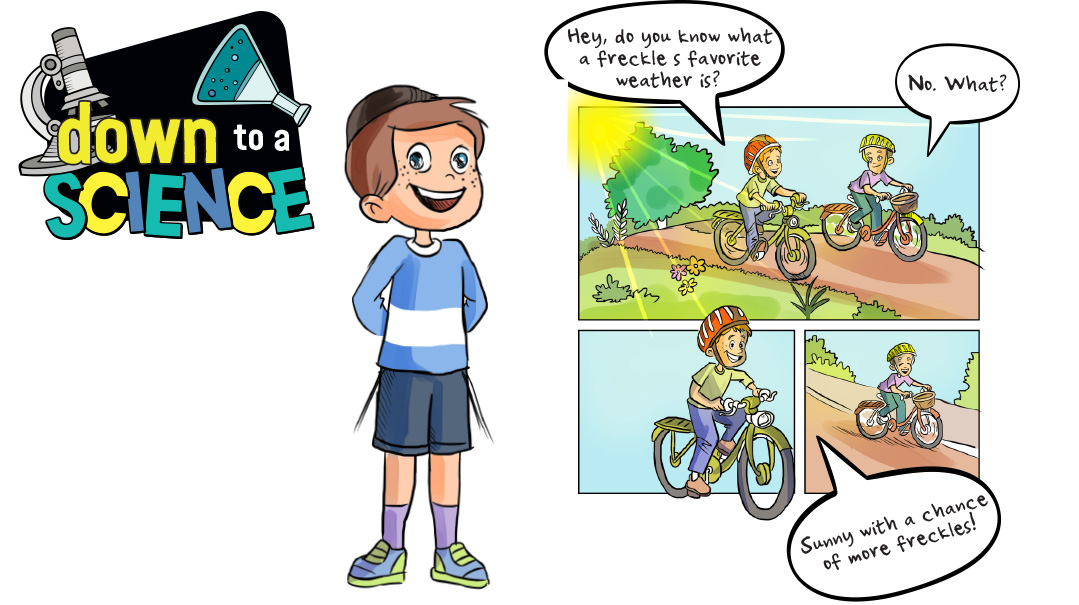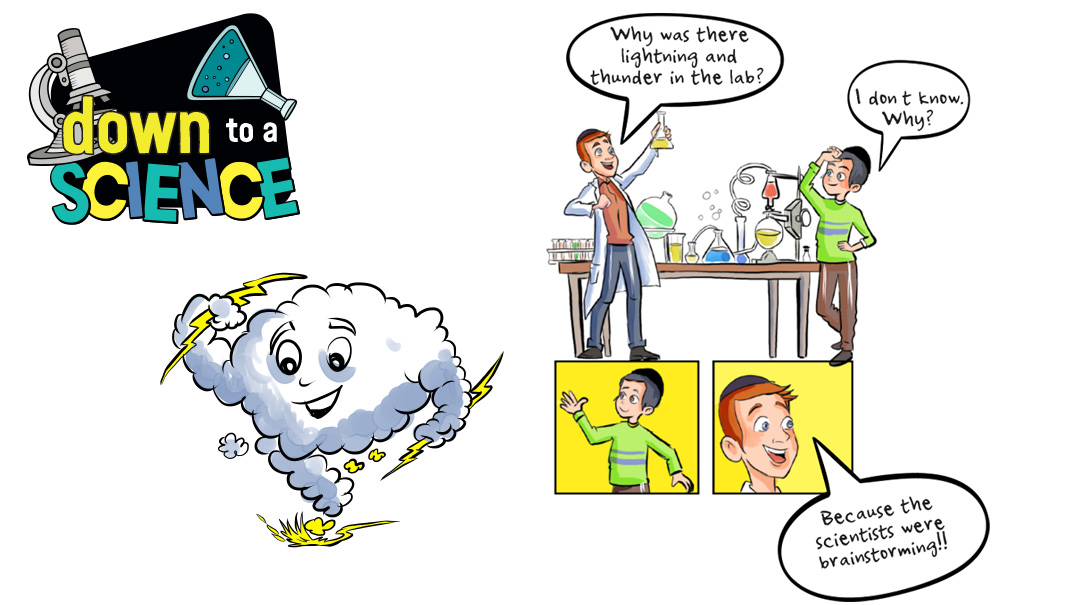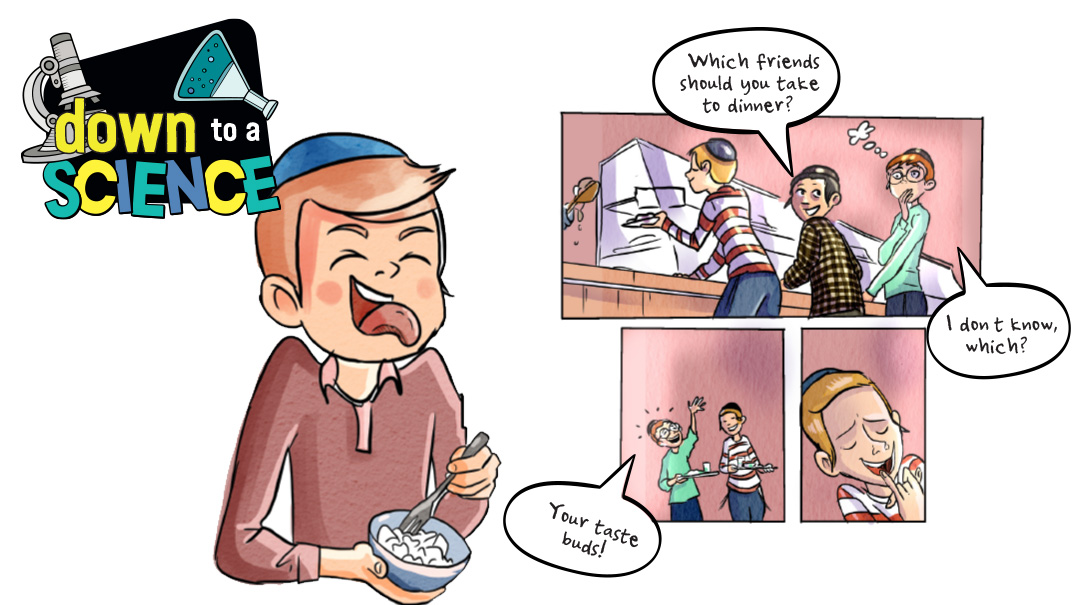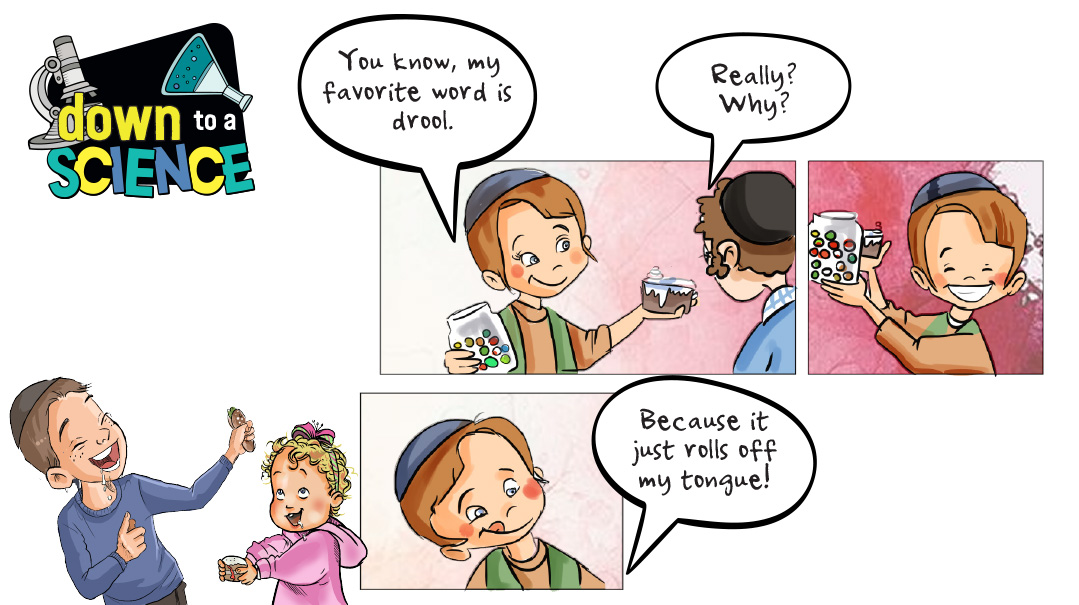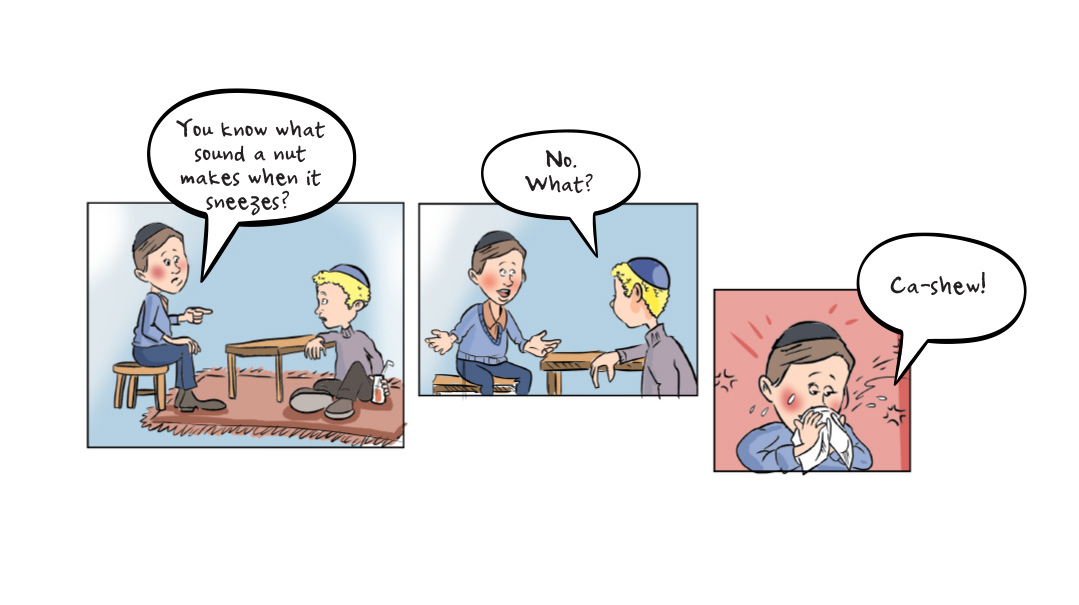What Makes Fireflies Light Up?

It turns out that fireflies are way cooler than I ever imagined
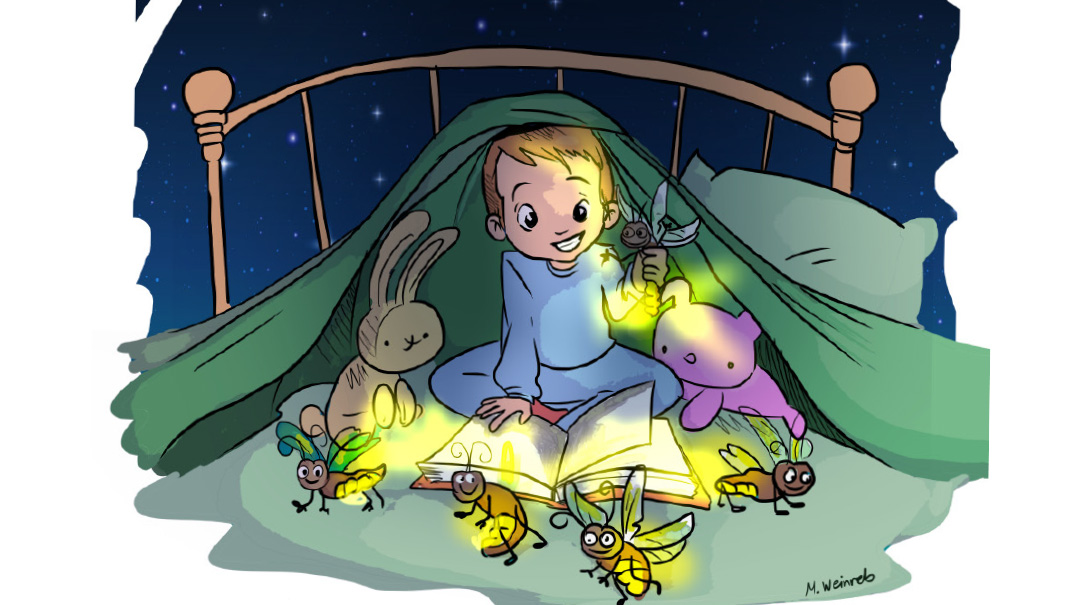
Hello, Kiddos,
This is Professor Mordy Maven, Thinker, Wonderer, and Figure-Outer of all things science-ish. What that basically means is that I try really hard to figure stuff out. I do the hard work, so you don’t have to!
There I lay, under the covers, happily learning everything I could learn about sound waves. Then out of the silence I suddenly heard it, a shrill, piercing voice:
“Close the flashlight, Mordy!”
It was my mother calling from the kitchen. How could she possibly see my tiny little flashlight glowing all the way from downstairs? I’m almost positive that my mother has some serious superpowers. Maybe all mothers do.
I sighed. Without my flashlight, how would I be able to continue my important research? Science needs me. You guys need me. The world needs me! I considered going downstairs and politely asking my mother for a one-time allowance. I’d tell her what important research needs to get researched! What important discoveries need to get discovered! Why we may continue to live in the Dark Ages all because….
“Close it now, Mordy! And now is not the time to discuss the Dark Ages, either!”
I sighed again and shut the flashlight. But I didn’t shut my mind! I lay there in the dark thinking of ways I could light up my room that even my mother couldn’t object to. Candles? Nah, that’s definitely a fire hazard. A hand crank lantern? Do they even make those anymore? Solar energy on my roof? I’m not sure exactly what that means, and I’m not sure how to make it happen. So, then, what?
Suddenly, like a flash of light, an idea popped into my head. (See what I did there, with that flash of light joke!) All I had to do was bottle up like 50 to a 100 fireflies, hide them under my covers, and read by their light. Could this work? Maybe! But before I tried, I knew I had to figure it out: What makes fireflies light up?
I had to wait until the sun rose the next day to do my research, but it was worth the wait. Because it turns out that fireflies are way cooler than I ever imagined!
You see, it’s really all about bioluminescence. That’s a big word that just means a living thing that lights up. Other creatures that light up include jellyfish, some marine creatures, and other organisms and certain plants. But fireflies are extra special. These little guys are such shining stars that they actually shine even before they’re born! (I like to think I also shone before I was born! I’ll have to ask my mother about this.)
The scientific name for firefly is Lampyridae, and they are also known as lightning bugs. These winged beetles live in humid regions of Asia and the Americas. And some of them live in my backyard. They hibernate in the winter and emerge in the spring to snack on plant pollen and nectar. But these guys have a special power. Inside of their abdomens (that means stomach!) are special cells that hold a chemical compound called luciferin. When luciferin comes into contact with air, it causes a special chemical reaction that makes the firefly light up!
The light that a firefly emits can be yellow, orange, or a pale green. It’s called cold light because, unlike the sun and other things that light up (like fire), it provides light but no heat. So touching a firefly doesn’t burn your hand.
You might think that fireflies just light up for no reason, but they are actually using their light to communicate with each other. Fireflies don’t just “leave their light on” — they actually shine their lights on and off in a blinking type of motion known as a flash pattern. There are over 2,000 species of fireflies (funny, they all look the same to me!), and each species has its own unique flash patterns. Scientists think that they use their flash patterns to attract their mates. A single firefly can synchronize his (or her!) flashing with others in a group so they all flash on and off at the same time. Isn’t that de-light-ful!
Interestingly, even though fireflies emit light, they’re actually sensitive to light pollution. All that outside light affects their ability to communicate with each other. This, along with pesticides and weed killers, has killed off a lot of fireflies, so there are less of them now than ever before. Which is really sad! Because they’re really cute, gentle glowy guys!
After learning all of this, I realize that I really like fireflies a lot. Which means I no longer want to capture them and force them to live in a jar under my bed. So I’m going to need to think of another way to keep the lights on at night. Maybe some kind of see-in-the-dark glasses? I’m not exactly sure yet but you can trust that as long as I have my brain on, I’ll keep researching!
Here are some fascinating facts about fireflies that you might like to know:
Before they’re born, when fireflies are just eggs, and then later, when they’re larvae, they light up to warn predators that they taste bitter and may possibly be poisonous.
The larvae aren’t poisonous to frogs. Sometimes, a frog that’s eaten a lot of firefly larvae will start glowing too!
Scientists love fireflies because they’re “lighting the way” for some important research on serious diseases. They’ve been using luciferin to see changes in the cells of animals and people.
While most fireflies have wings, there are some female fireflies without wings. They’re called glowworms.
I hope that helped solve the mystery for you, kids. And with that, I’m on to my next quest!
(Originally featured in Mishpacha Jr., Issue 971)
Oops! We could not locate your form.

